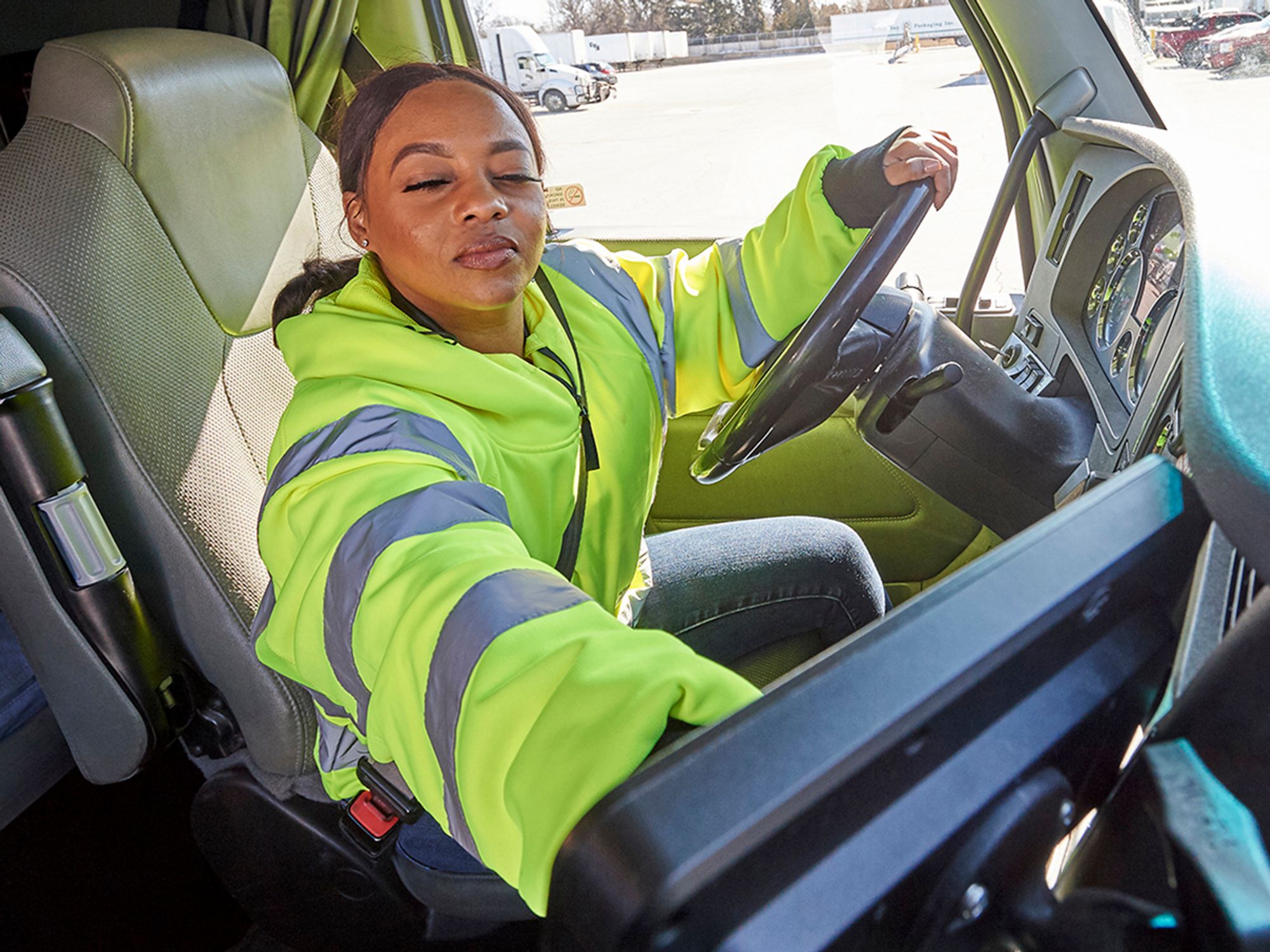What’s the difference between a passenger-carrying CMV and a property-carrying CMV?

- If a CMV is designed or used to transport 9 or more passengers (including the driver) for compensation or designed or used to transport 16 or more passenger (including the driver), then it is considered a passenger-carrying vehicle even if never used to carry passengers.
- If a CMV is not a passenger-carrying vehicle, then it is a property-carrying vehicle even if never used to transport property.
- The driver must always follow the HOS rules for the type of vehicle operated at any given time, whether passenger- or property-carrying.
The federal hours-of-service (HOS) rules distinguish between commercial motor vehicles (CMVs) that carry property and those that carry passengers, and there are different rules for each.
How is the type of vehicle determined?
First, decide if the vehicle falls into the “passengers” category. Is the vehicle designed or used to transport 9 or more passengers (including the driver) for compensation OR designed or used to transport 16 or more passengers (including the driver) and is not used to transport passengers for compensation? If so, then it’s a passenger-carrying vehicle even if it is never used to carry passengers.
If some seats are removed, whether temporarily or permanently, the number of passengers the vehicle was originally designed to carry has not changed. If, however, all the seats from a passenger-carrying vehicle are removed and the vehicle is converted into a cargo vehicle, then it is regulated as a property-carrying vehicle.
If it’s not a passenger-carrying vehicle, then it is automatically a property-carrying vehicle, even if it is never used to transport property, cargo, or freight. The vehicle itself can be the “property” that is being transported.
For drivers operating passenger-carrying vehicles in a “driveaway-towaway” capacity — such as driving an empty bus from a manufacturer to a dealer or dealer to buyer — the rules for property-carrying vehicles apply.
What if both types of CMVs are operated?
Regardless of whether a driver operates property- or passenger-carrying vehicles, the driver must always follow the HOS rules that apply to the vehicle driven at any given time, and the driver will need enough rest to meet the off-duty requirements needed for the next vehicle to be driven. For example, if the driver will be driving a bus today and a truck tomorrow, the driver will need 8 hours off duty before driving today and 10 hours off before driving tomorrow.
